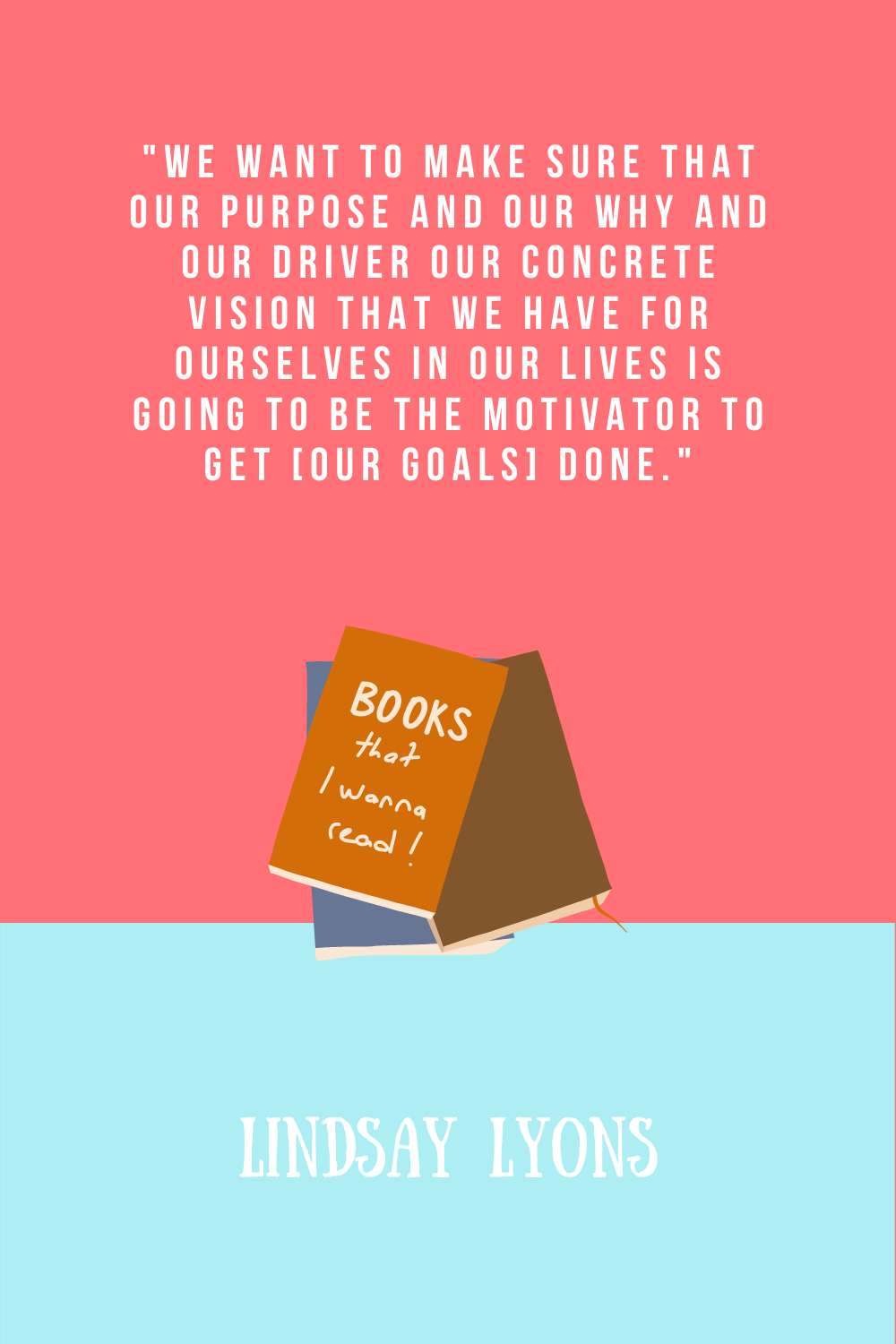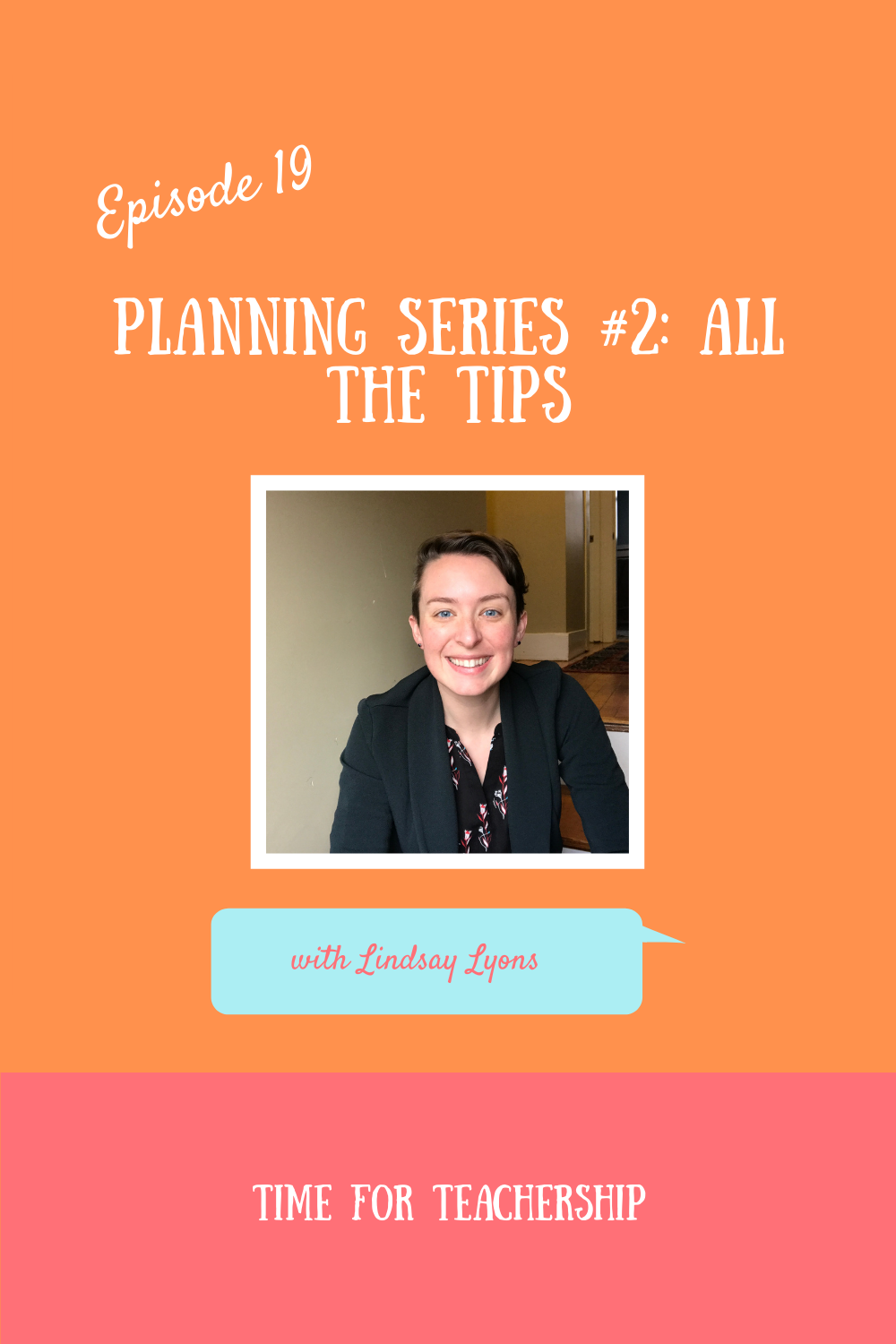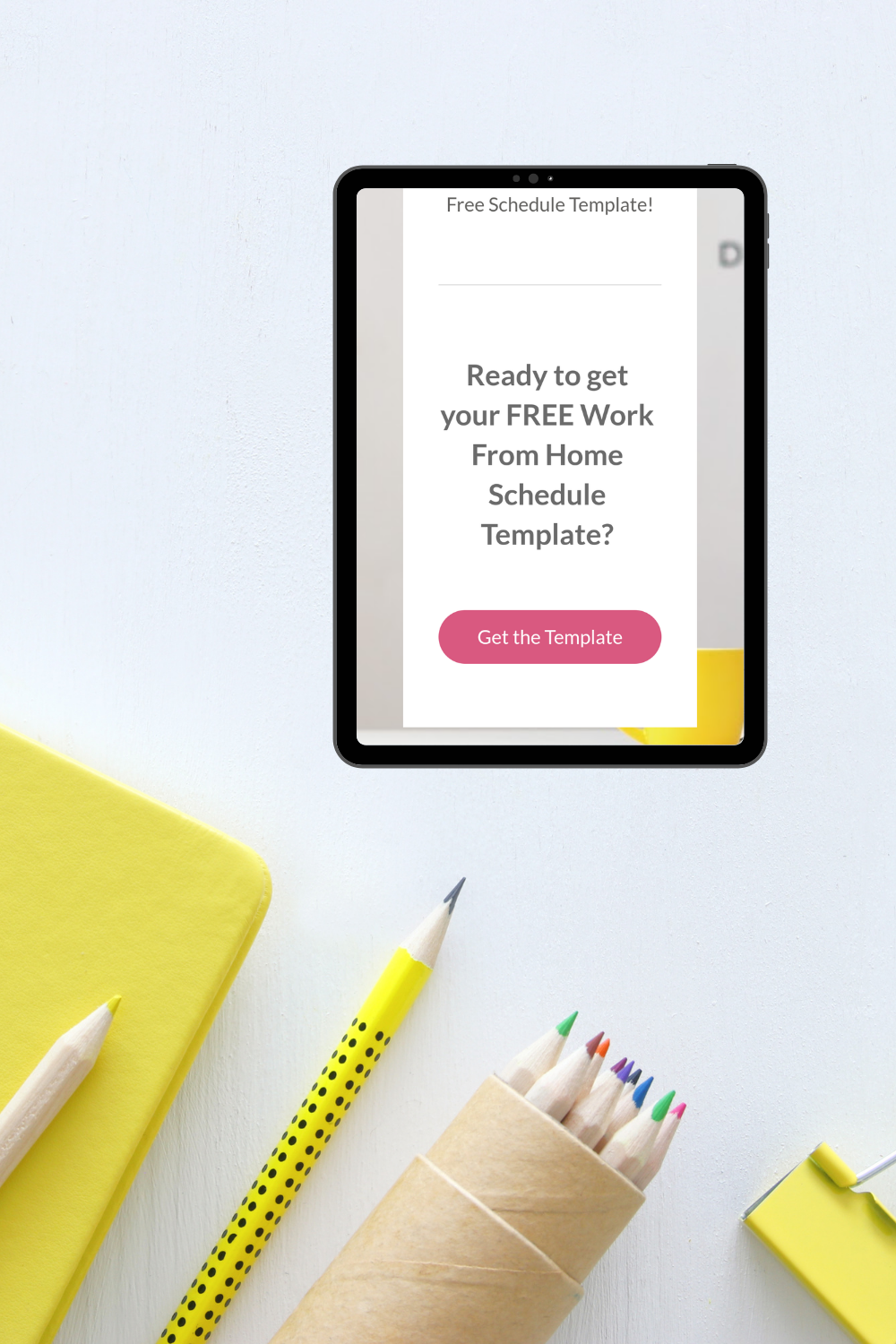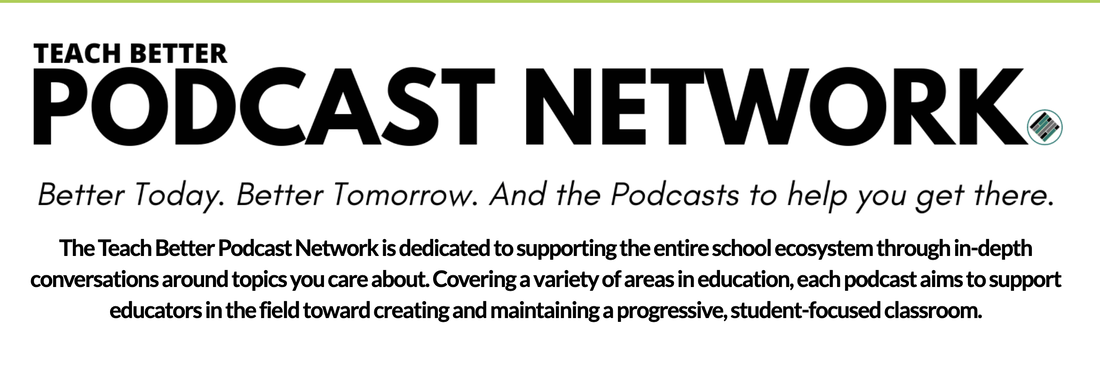|
Welcome back to Planning Series part 2. When getting started with behavior change, many have said to start with one change or one step. It’s what you may gravitate towards because one sounds easy enough. But here’s why I’m recommending you take three steps instead: when you take just one step, your motivation and enthusiastic energy to get to your goal is more likely to fizzle out. If you commit to three steps, you can keep up the momentum and give yourself a better chance of making some changes. So when it comes to creating these three habits, here are some guidelines you should follow:
Set a Deadline One week is generally enough time to get your three steps completed without feeling pinched for time. For example, you decide to have a 30 minute reflection time with a journal for one of your steps. On Monday you have such a busy day and realize you won’t be able to get to it, but because you stayed flexible with the deadline, you know you can still get it done the next day. Whatever you choose as your deadline, make sure it is soon enough that you won’t put it off until “tomorrow,” which in my experience quickly becomes much later. Make the Action Doable When thinking about your steps, make sure you feel like each is something that feels manageable within your day, week, etc. You don’t want to commit hours of your time to learning or doing something if you still have errands to run, dinner to cook, and other things that you need to get done still. Aim for actions that will take 2 to 5 minutes. For example, if my desired habit is to practice on Duolingo every day, I can complete a lesson in two minutes and still continue my daily streak of practice. This will help prevent you from staying up later or getting overwhelmed. Write Out Your Plan I used to write down two big things I wanted to accomplish each day and focus on completing those tasks. Now, it feels more powerful to tie each of those tasks to a larger goal. Pinpoint the big overarching vision you have in mind today and ask yourself what tasks are directly contributing to that? Connect to your purpose! Connect These Steps to Your Identity James Clear talks about linking our habits to our identities as a way to ensure we follow through on our goals. He talks about conducting a yearly “Integrity Report” in which he asks: What are the core values that drive my life and work? How am I living and working with integrity right now? How can I set a higher standard in the future? He says this work helps “revisit my desired identity and consider how my habits are helping me become the type of person I wish to be.” Think about your own core values. How will your steps connect back to who you want to be? Day to Day Work/Scheduling Tips Wondering how to manage your to do list when it keeps growing? Here are some tips:
Boundaries Working from home is tough because it’s easier than usual to just keep working. You never leave your place of work! (If you can, designate a space just for work or put your work-related papers out of sight at the end of the day.) Scheduling-wise, try to limit yourself to 40 hours a week. That means 8 hour work days and no-work weekends. I know this is hard—I’ve launched an entire course around this premise, but the goal here is to set boundaries, so choose boundaries that work for you. Energy efficiency For me, aligning my day with my energy means tackling creation-based tasks in the morning when my energy is fresh, and saving my meetings and menial tasks, like email, for the afternoon. Your energy may be the opposite, so you may want to make time for lesson or activity creation towards the end of the day. We’re all used to a school day that starts early in the morning, but if you don’t have live classes to host or meetings to attend at that time, start your work day later if you’re more productive later in the day! Batch your work Batching your work is productivity gold. My preference is 4-hour chunks of time, but that may not be realistic if you have scheduled times you need to host a live class or staff meetings to work around. I recommend spending at least one concentrated hour on a task (aside from something like email or short “check the box” kinds of To Dos). Batching is great because once you get in the zone, you are far more efficient than when you first start a task. We often restart when we’re interrupted (by ourselves or someone else) to do an unrelated task. “I like creating in the morning. When I was teaching full time, I liked having back to back prep and lunch time because I was often able to finish what I started working on instead of wasting 10-15 minutes later on to remember where I left off and what I was doing.” Remember to get breaks in During your breaks make sure you get up and move. Emilie Aries, the host of the Bossed Up podcast, did an episode on Zoom fatigue in which she shares the expert recommendation for breaks is 10-15 minutes of break time for every 2 hours of work. I’ve been scheduling at least one mid-day walk break for myself to make sure I get up and move around and get out of work mode. To be transparent, this is still a struggle for me. I often listen to educational podcasts during this time so I’m still doing research for work, but this is how I convince myself to take the break! Keep calm and add to calendar Here’s what you can do to keep the to do list small and complete everything on it: put it on the calendar! There may be big goals for each day, but the specific tasks you need to accomplish can go in as events on your calendar. First, estimate the amount of time it will take to complete the task. Once the day’s filled up you can add any remaining tasks to the next day. If something comes up that absolutely has to be done today, move the tasks that got ousted to open slots later in the week. This practice will allow you to get things done without deleting anything or extending the work day. Our freebie for the week is a Scheduling Template (bit.ly/workfromhomeschedule) that you can use to write down your steps. Stay tuned for the next part of this series! These were just a fraction of the time-saving techniques I teach in my online course Work Less, Teach More. The course is $197 and I don’t know about you, but my professional and mental wellbeing is worth way more to me than $200. If you want to learn the same strategies that saved me 700 hours in a single year as a teacher, you can register for the course today at bit.ly/wltmcourse. If you’re a school leader wanting to help your teachers free up the time and energy to tackle big transformative things, you can purchase this course for your teachers as a pilot for one department or grade team or for the whole school. Want to chat to see if the course would be a good fit? Connect with me at [email protected]
0 Comments
Leave a Reply. |
Details
For transcripts of episodes (and the option to search for terms in transcripts), click here!
Time for Teachership is now a proud member of the...AuthorLindsay Lyons (she/her) is an educational justice coach who works with teachers and school leaders to inspire educational innovation for racial and gender justice, design curricula grounded in student voice, and build capacity for shared leadership. Lindsay taught in NYC public schools, holds a PhD in Leadership and Change, and is the founder of the educational blog and podcast, Time for Teachership. Archives
May 2024
Categories |




 RSS Feed
RSS Feed